Zoox says the facility will eventually be able to pump out 10,000 robotaxis per year.
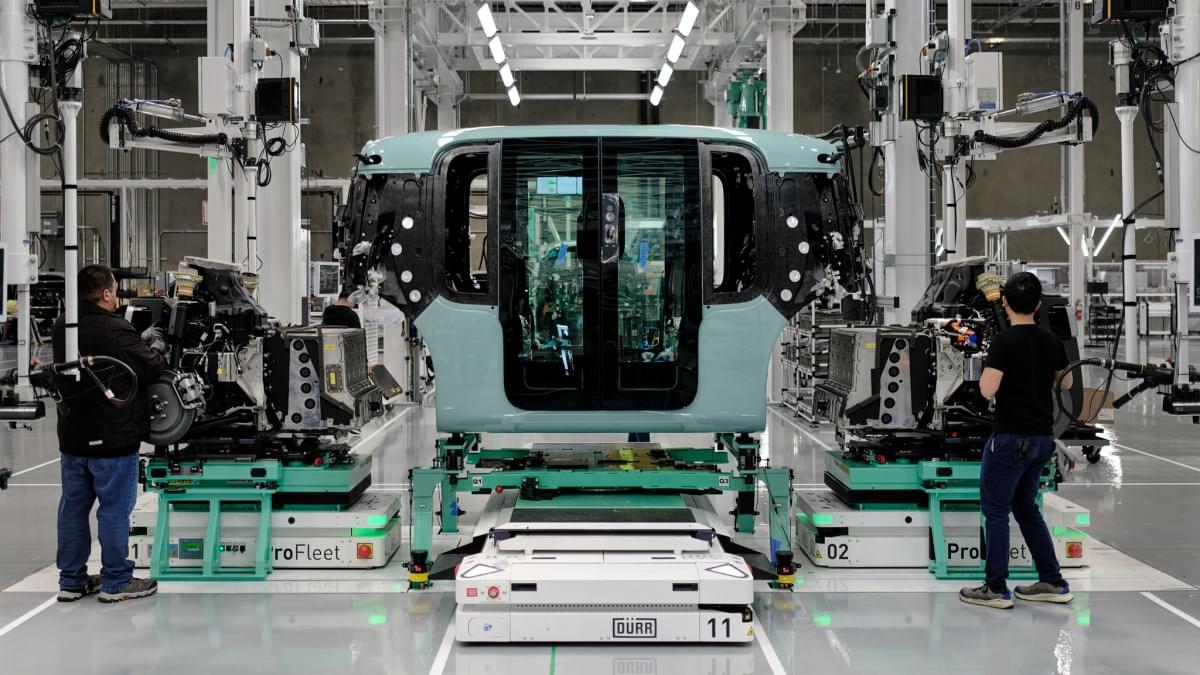

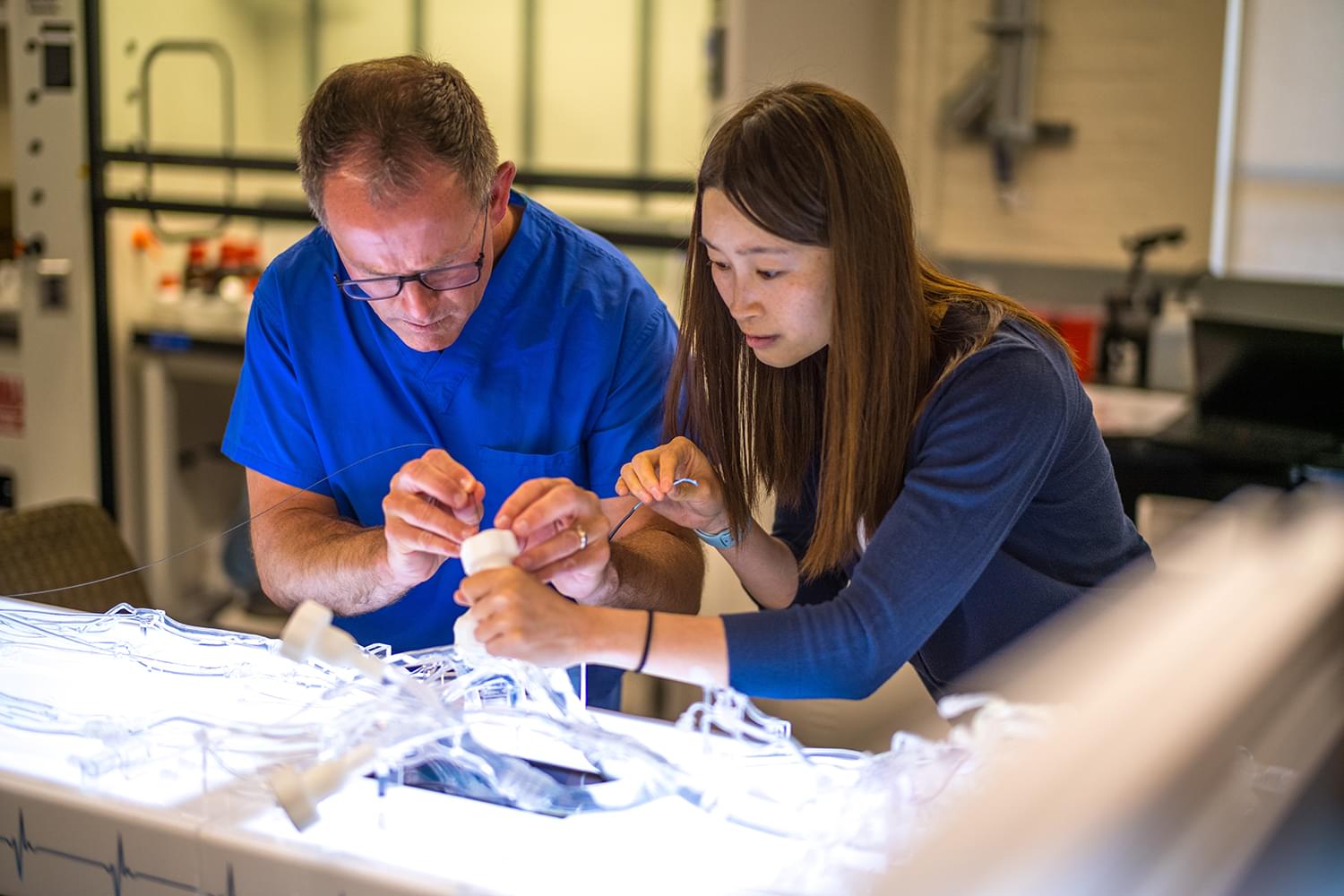
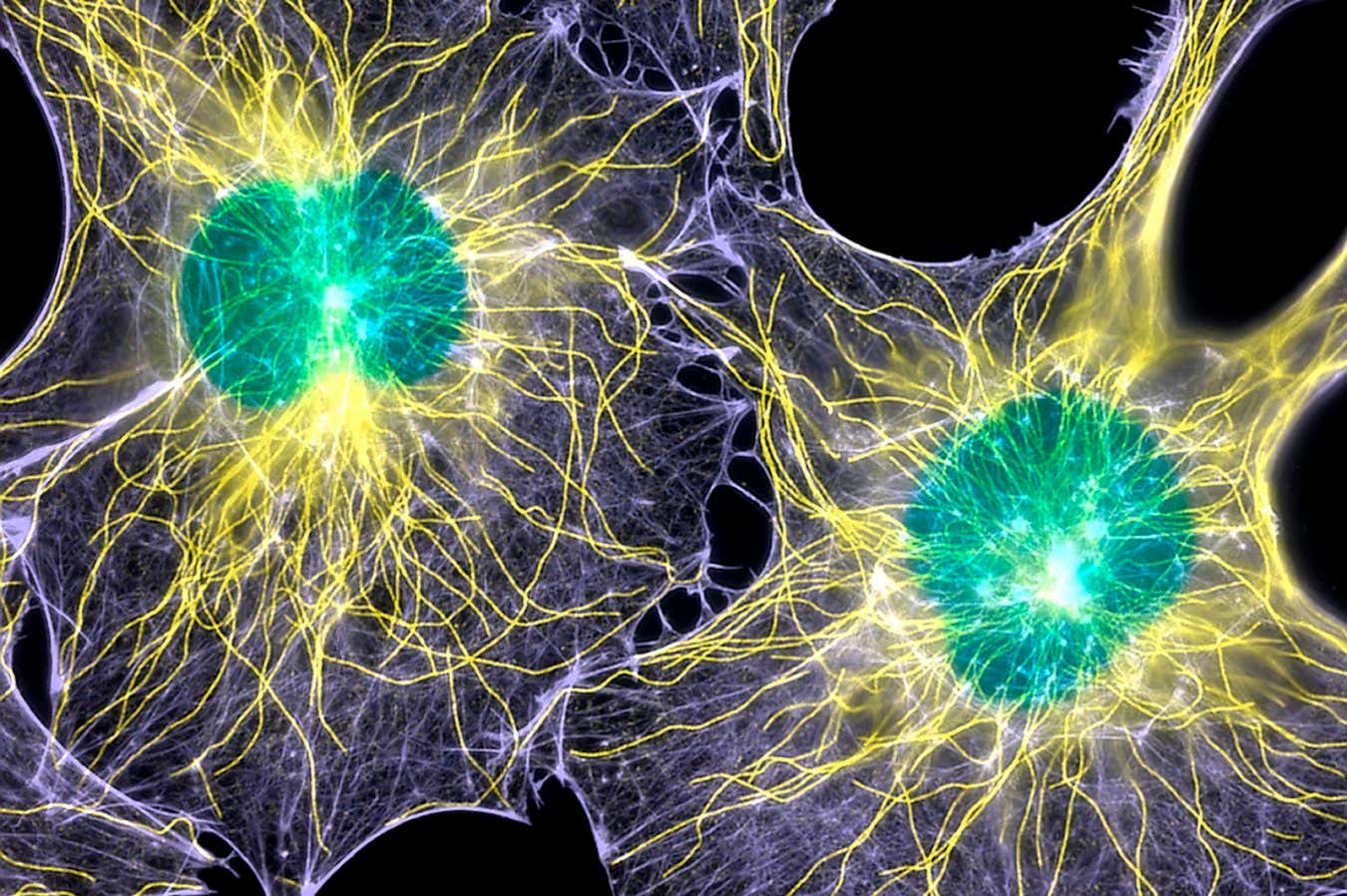
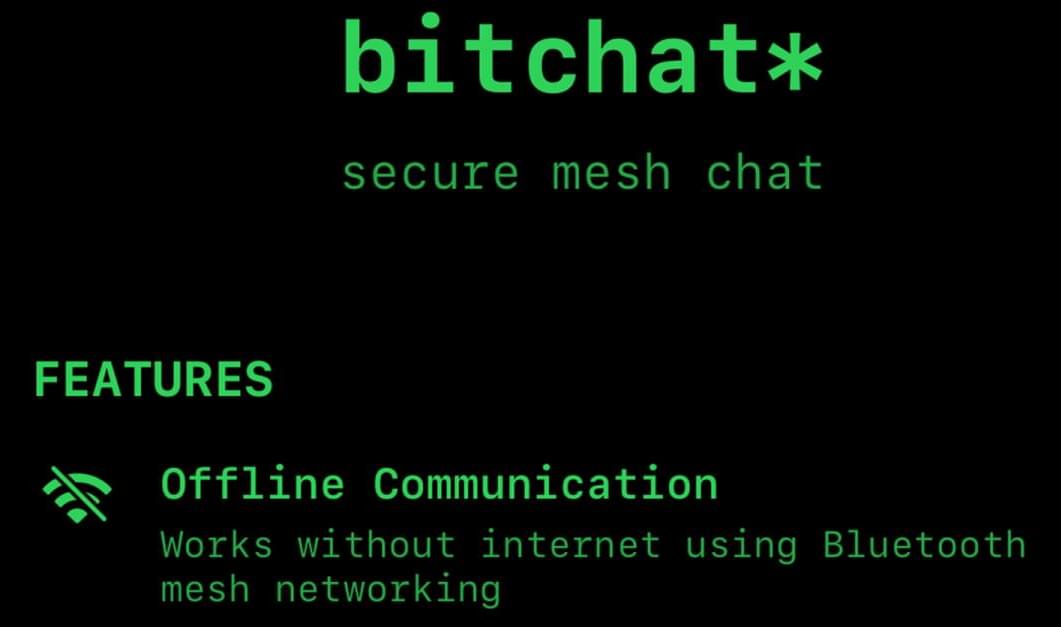
The potential of chat gpt and neural link is limitless. Really chat gpt with agi would automate even an entire world and even do all work by itself basically taking the forever mental labor of work forever scenario away from humans so we can sit and drink tea or other leisure activities. Then if we miniaturize even chat gpt, neural link, and agi all in one whether it is in the neural link or even on a smartphone it could allow for near infinite money 💵 with little to no effort which takes away mental labor forever because we could solve anything or do all jobs with no need for even training it would be like an everything calculator for an eternity of work so no humans need suffer the dole of forever mental labor which can evolve earths civilization into complete abundance.
We spoke to two people pioneering ChatGPT’s integration with Synchron’s brain-computer-interface to learn what it’s like to use and where this technology is headed.
Read more on CNET: How This Brain Implant Is Using ChatGPT https://bit.ly/3y5lFkD
0:00 Intro.
0:25 Meet Trial Participant Mark.
0:48 What Synchron’s BCI is for.
1:25 What it’s like to use.
1:51 Why work with ChatGPT?
3:05 How Synchron’s BCI works.
3:46 Synchron’s next steps.
4:27 Final Thoughts.
Never miss a deal again! See CNET’s browser extension 👉 https://bit.ly/3lO7sOU
Explore the potential of “mushroom computers,” a fascinating technology that uses fungi to solve complex problems in AI, optimization, and more.

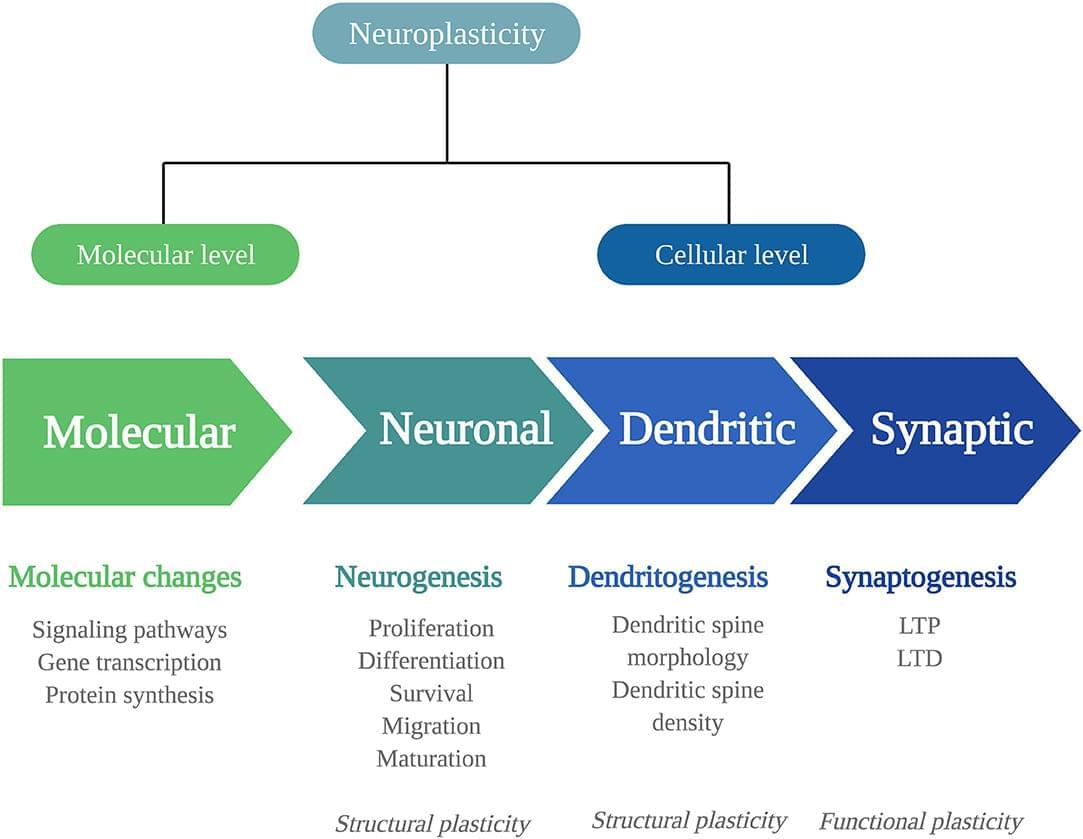
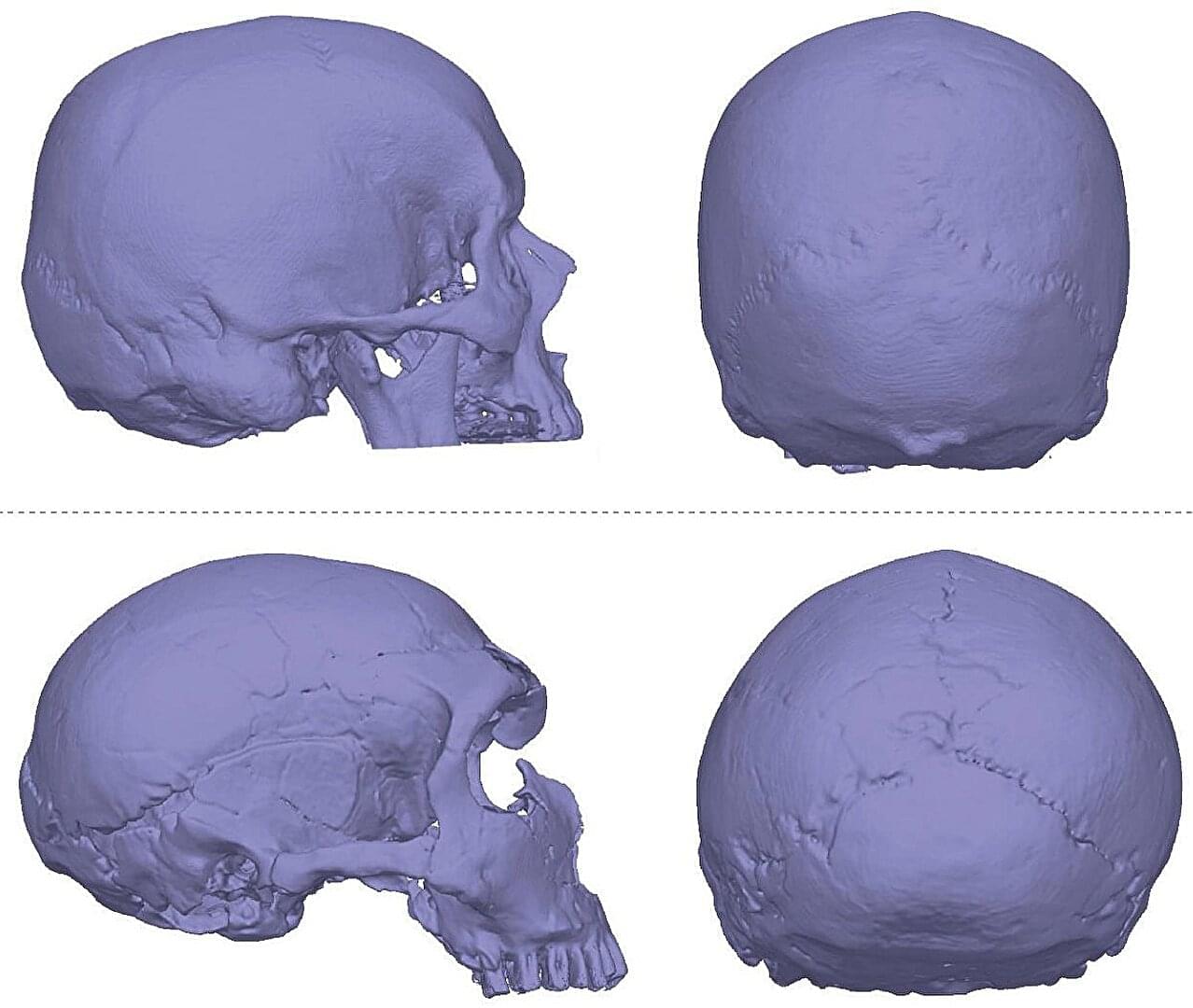
If you regularly experience headaches, dizziness, balance problems and blurred vision, our Neanderthal cousins could be to blame.
These are common symptoms of Chiari malformations, structural defects in which the lower part of the brain extends into the spinal cord. People with this condition have skulls shaped like those of our ancient relatives, leading to a hypothesis (known as the Archaic Homo Introgression Hypothesis) that it may be a genetic legacy from interbreeding between modern humans and Neanderthals.
To investigate this, Kimberly Plomp of the University of the Philippines Diliman and colleagues zeroed in on Chiari 1, the mildest form of the condition, which affects around 1 in 100 people.
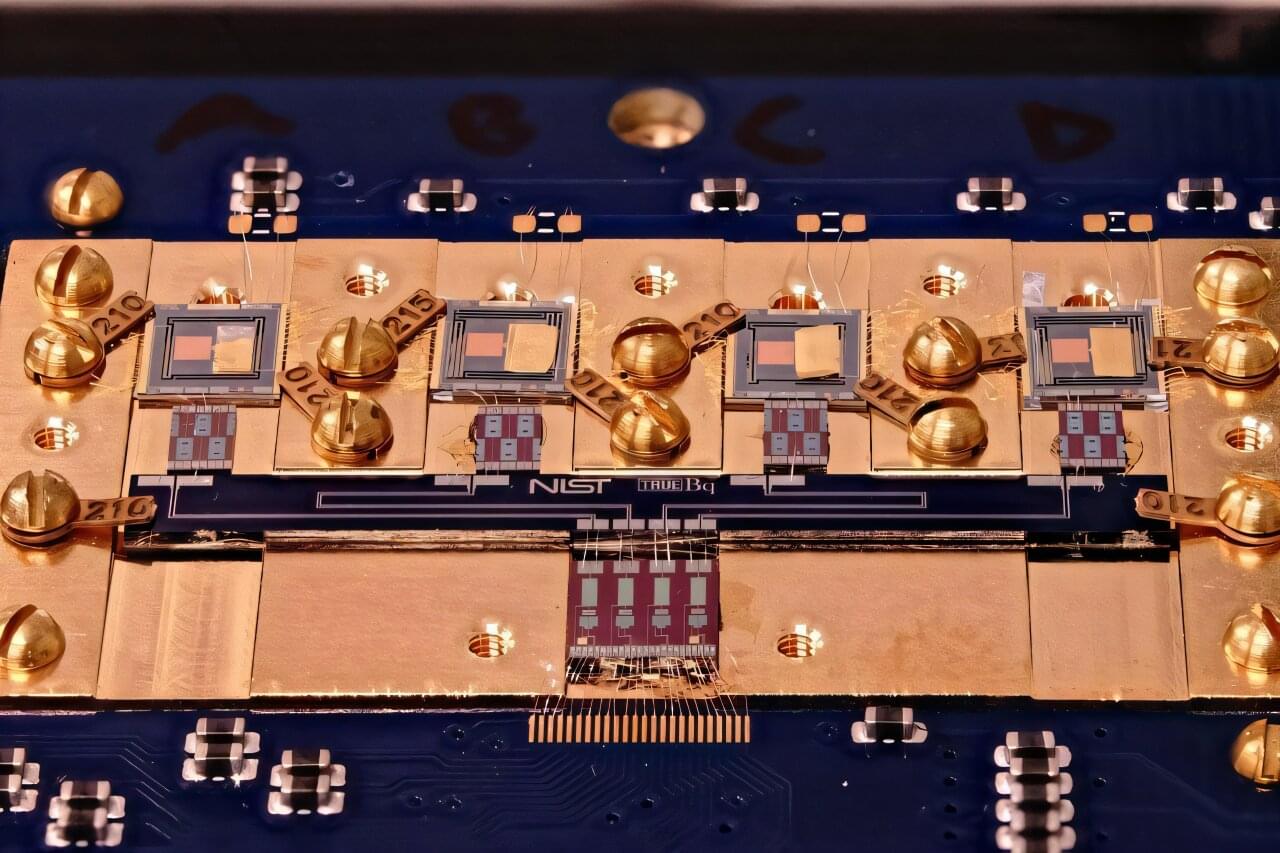
Researchers at the National Institute of Standards and Technology (NIST) have demonstrated a new and faster method for detecting and measuring the radioactivity of minuscule amounts of radioactive material. The innovative technique, known as cryogenic decay energy spectrometry (DES), could have far-reaching impacts, from improving cancer treatments to ensuring the safety of nuclear waste cleanup.
The NIST team has published its results in Metrologia.
The key to this novel technique is a transition-edge sensor (TES), a high-tech device widely used to measure radiation signatures. TES provides a revolutionary capability to record individual radioactive decay events, in which an unstable atom releases one or more particles. By building up data from many individual decays, researchers can then identify which unstable atoms, known as radionuclides, produce the events.